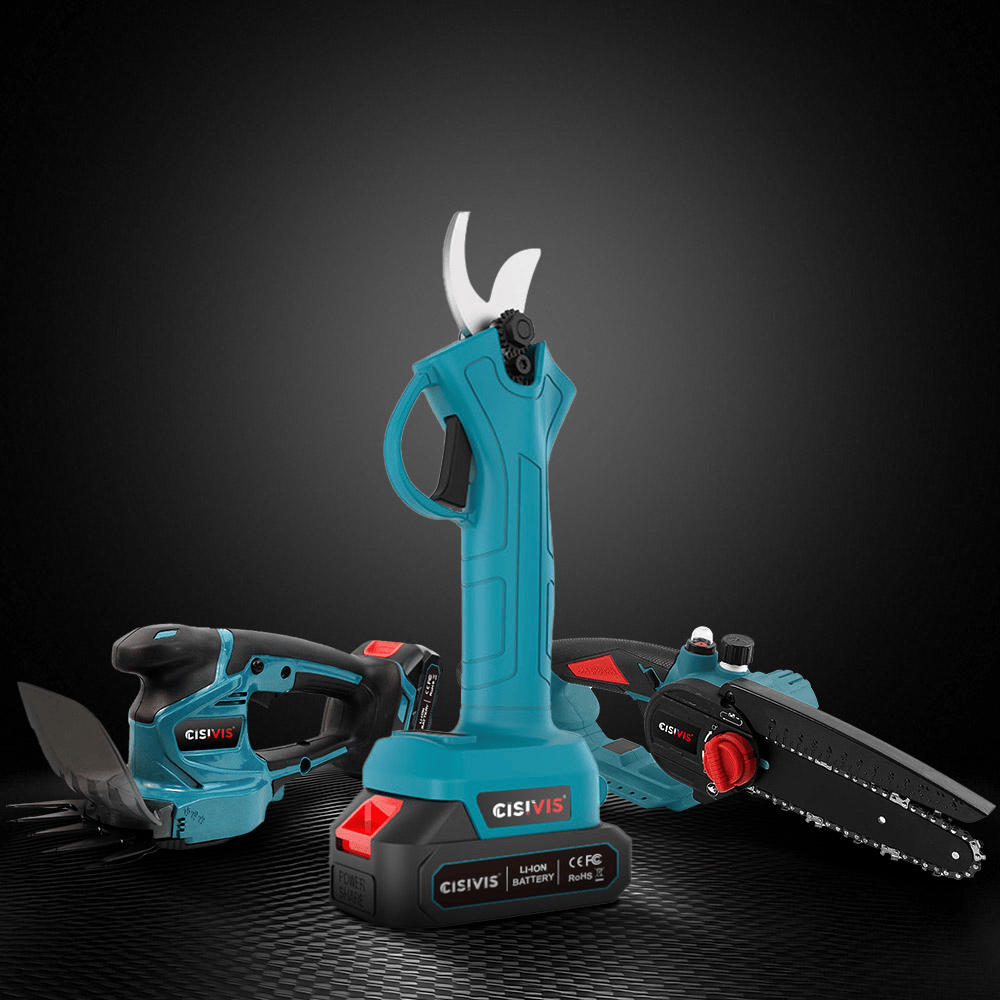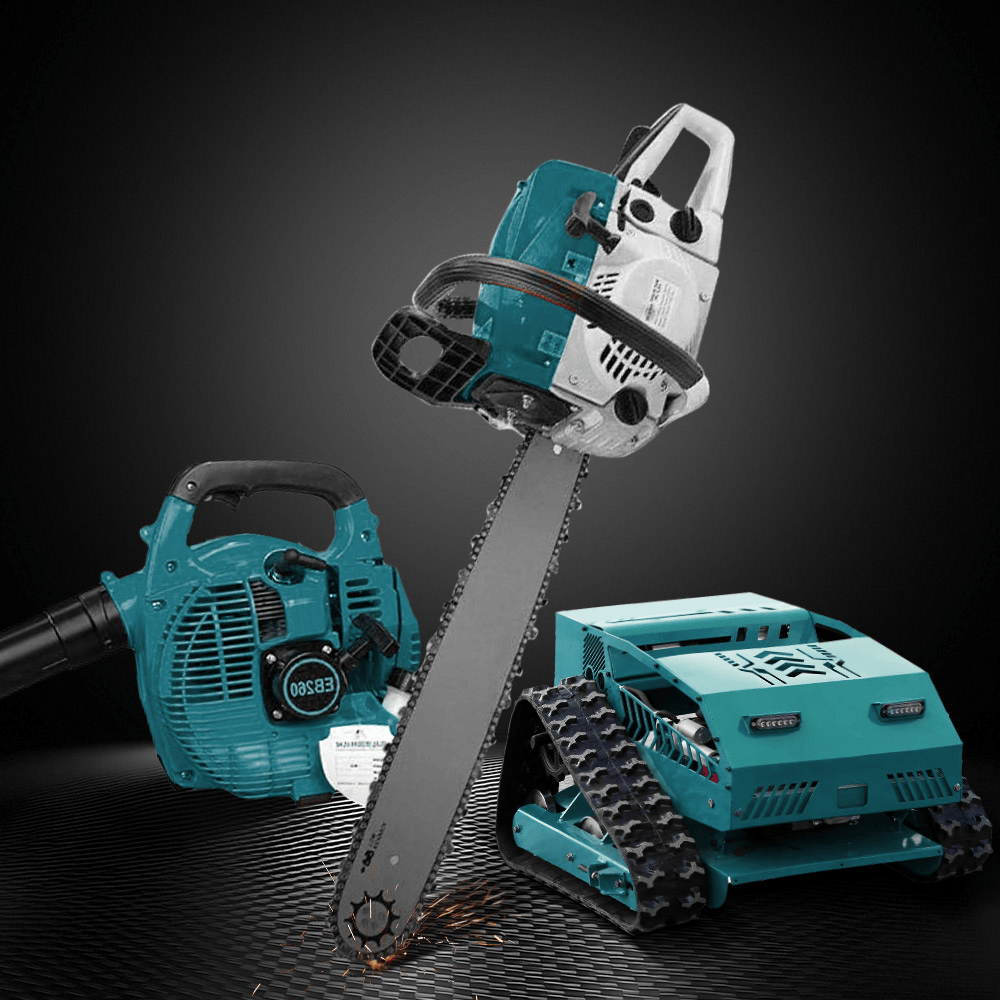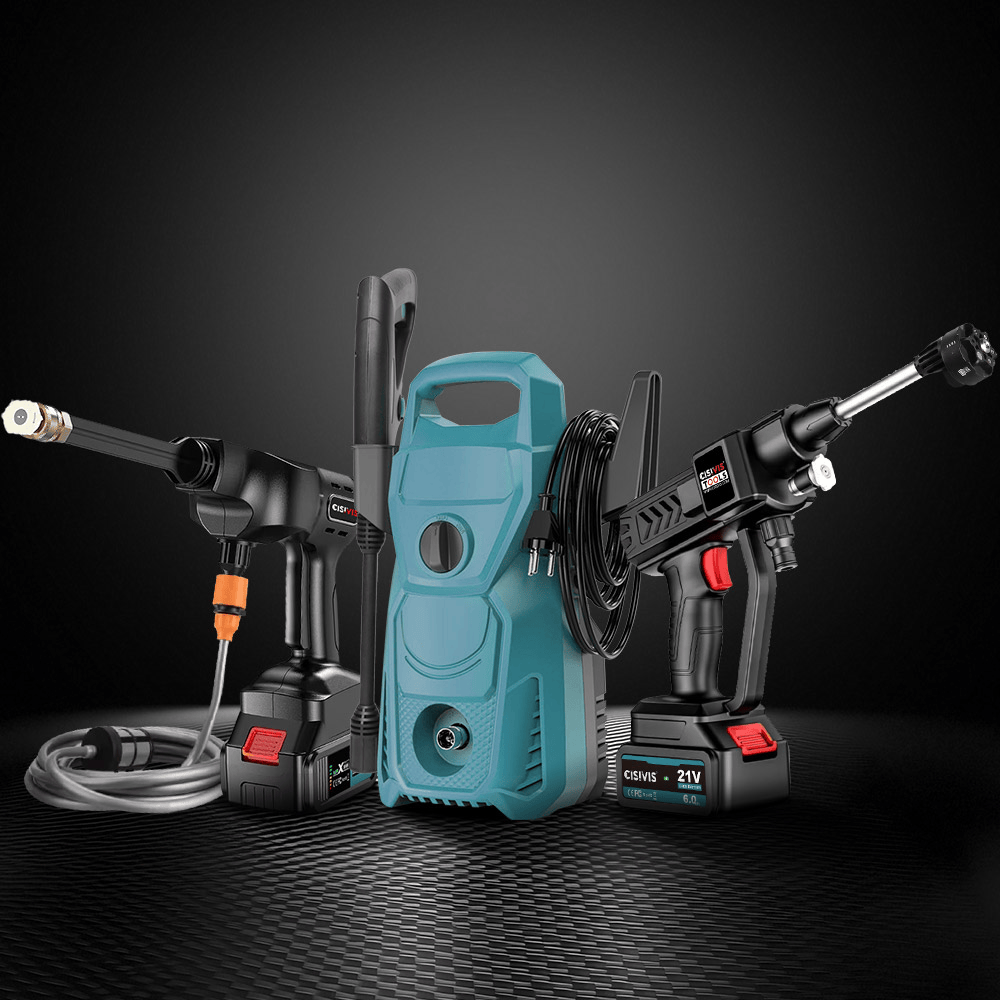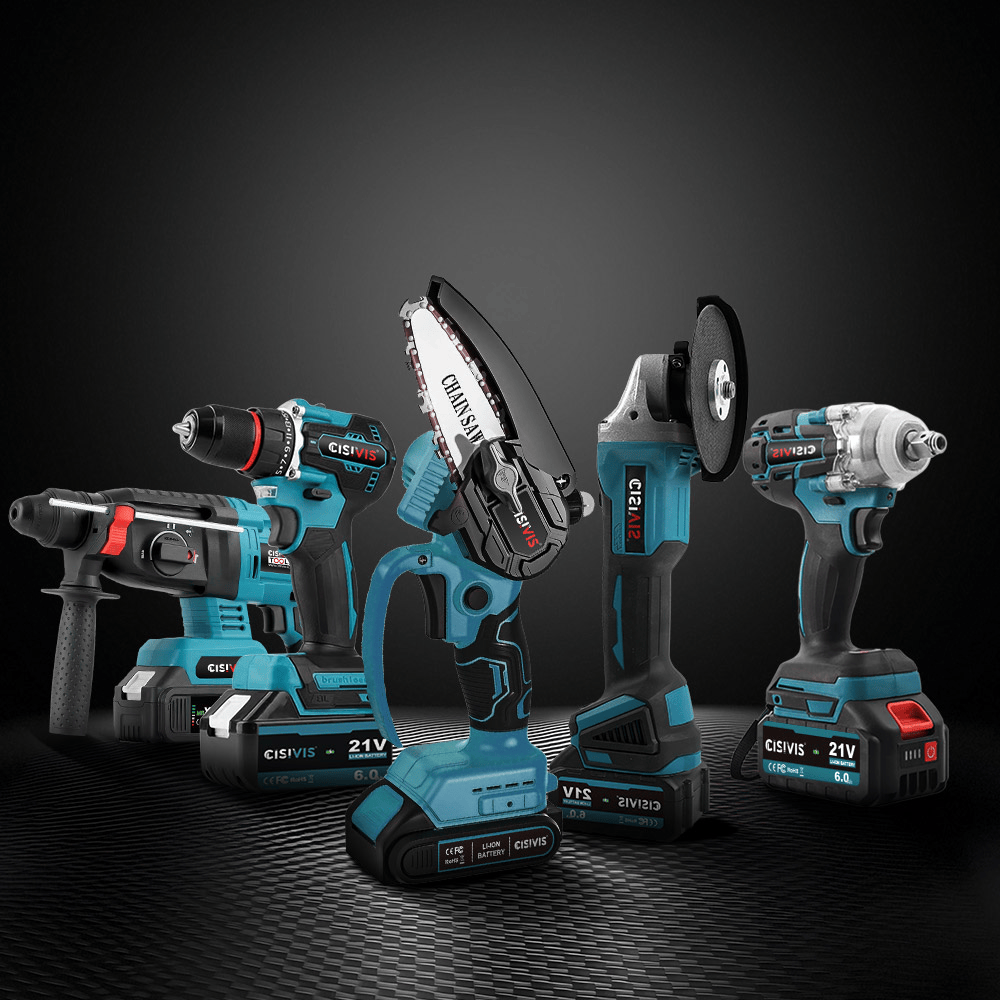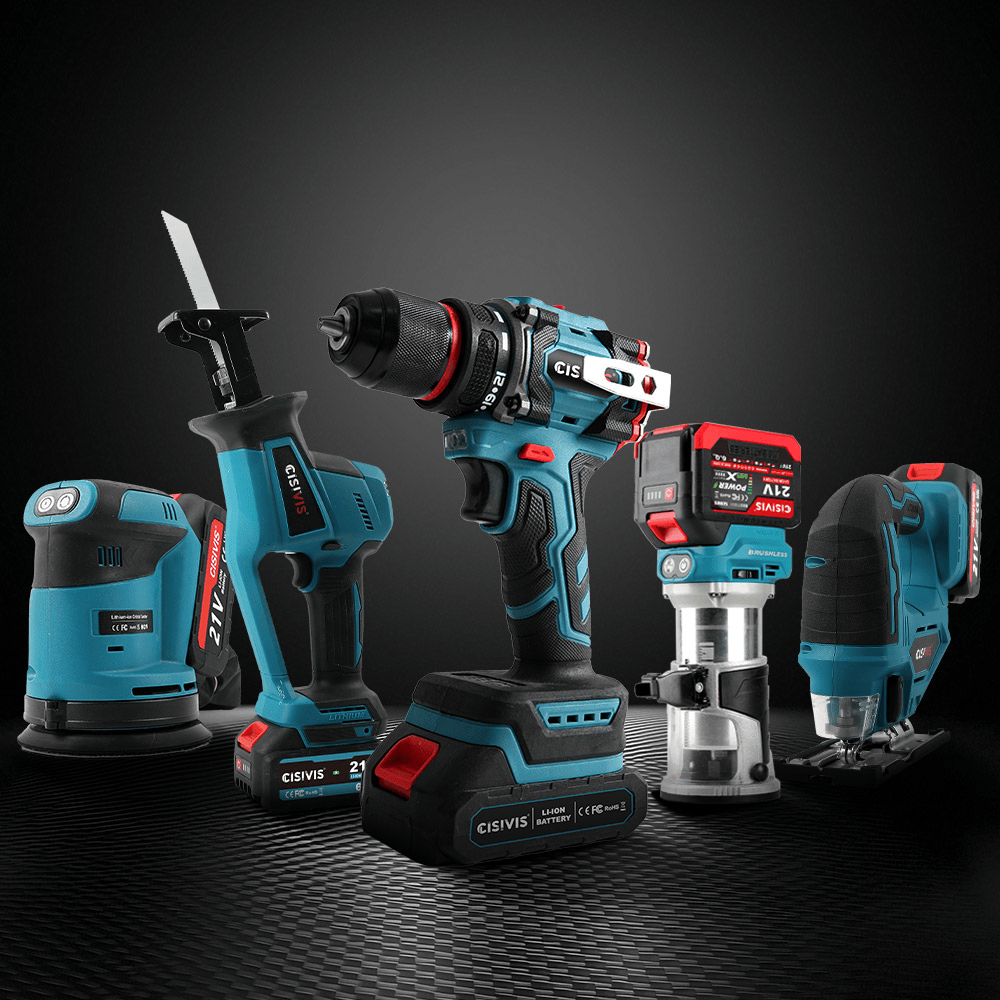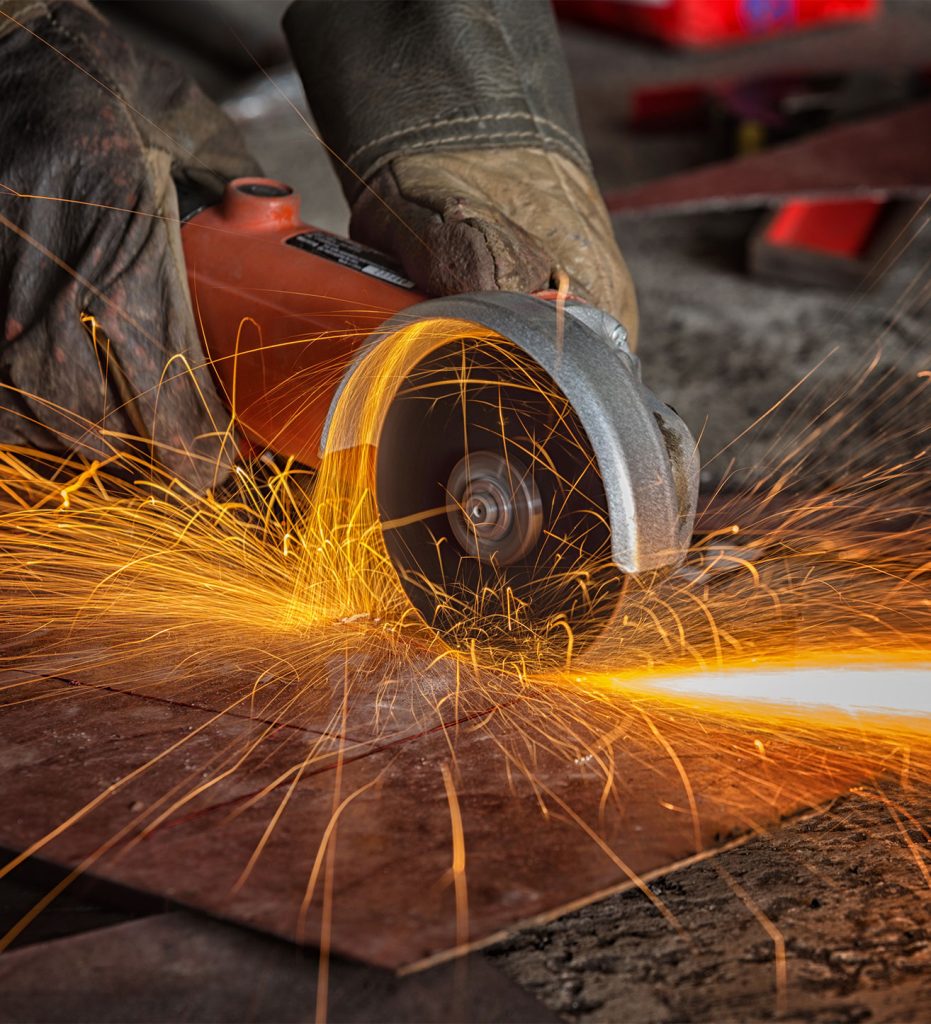- Cordless Drill
- Cordless Impact Drill
- Cordless Impact Wrench
- Cordless Ratchet Wrench
- Cordless Impact Driver
- Cordless Screwdriver
- Cordless Hammer Drill
- Cordless Angle Grinder
- Cordless Circular Saw
- Cordless JigSaw
- Reciprocating Saw
- Laser Level
- Cordless Polishers
- Cordless Pressure Washer
- Cordless Heat Gun
- Cordless Spray Gun
- Lithium Battery & Charger
- Power Tool Set
How to Sharpen a Chainsaw | CISIVIS Best Tips
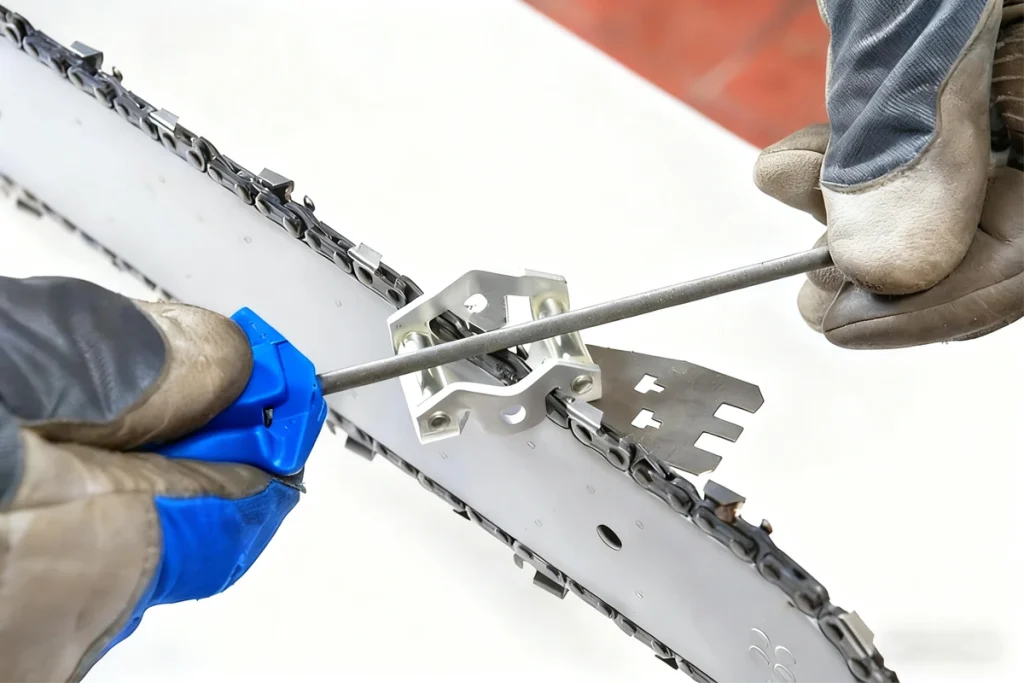
Is It Worth Sharpening a Chainsaw Chain?
A sharp chainsaw chain makes every cut smoother, faster, and safer. Over time, however, the teeth dull from dirt, nails, or heavy use. When this happens, cutting becomes difficult and dangerous. Instead of replacing the chain every few weeks, regular sharpening restores performance and extends lifespan—saving money and effort.
For contractors and industrial users, sharpening is not only worthwhile but essential. A well-maintained chain ensures consistent productivity and precision. High-quality tools like the CISIVIS Cordless Chainsaw stay sharp longer, but even the best chains benefit from periodic sharpening to achieve optimal cutting efficiency.
How to Sharpen a Chainsaw
Using an electric chainsaw sharpener or bench grinder is the quickest and most consistent way to sharpen a chain. It’s ideal for workshops, distributors, or users who handle multiple saws daily.
Steps:
- Secure the Chain: Place the chain in a sharpening guide or clamp to stabilize it.
- Set the Sharpening Angle: Most chains require 30°–35°. Follow your manufacturer’s guide for accuracy.
- Adjust the Depth Stop: Prevents over-grinding and ensures even results.
- Grind Each Tooth: Gently lower the wheel to contact the edge; avoid overheating.
- Repeat on the Opposite Side: Sharpen each cutter evenly for balance.
Electric sharpeners provide precision, saving time and reducing the risk of uneven filing. For bulk tool maintenance, this method is highly efficient.
How to Hand Sharpen a Chainsaw
Hand sharpening is a traditional yet effective approach for those working in remote areas or on-site jobs. It offers better control and requires minimal equipment.
Tools You’ll Need:
- Round file (match to your chain’s pitch)
- File guide or handle
- Flat file and depth gauge
- Vise or clamp

Steps:
- Secure the bar to prevent movement.
- Position the file at the existing cutting angle—typically 30°.
- Stroke the file across each tooth 3–5 times with steady pressure.
- Rotate the saw to sharpen the opposite side.
- Use the depth gauge tool to ensure correct raker height.
Hand sharpening is slower but highly precise and ideal for field maintenance. Regular touch-ups keep the chain performing at its best.[ view more details →]
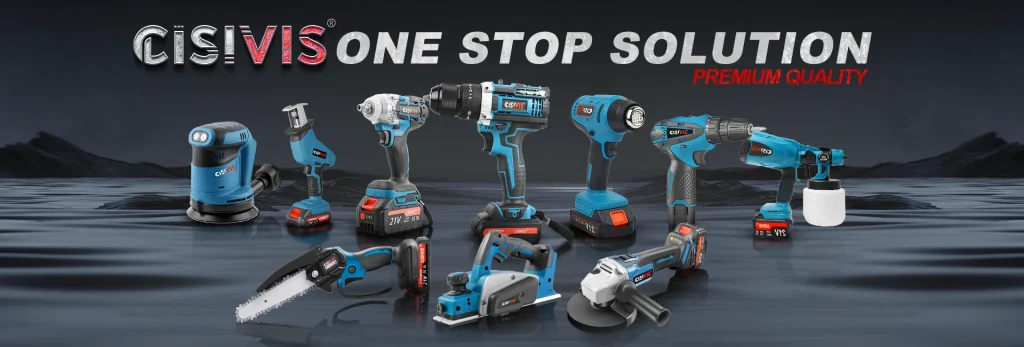
What Angle to Sharpen a Chainsaw Chain
Maintaining the correct sharpening angle is critical for performance. The angle determines how fast and cleanly your saw cuts.
| Sharpening Angle | Material Type | Performance |
|---|---|---|
| 30° | General purpose wood | Balanced speed and durability |
| 35° | Softwood and green wood | Fast, smooth cutting |
| 10°–15° | Hardwood, frozen wood | Slower but longer-lasting edge |
The wrong angle can cause inefficient cutting, uneven wear, or motor strain. Always follow the recommended degree range for your chain type.
Tools to Sharpen a Chainsaw Chain
Different sharpening tools suit different working conditions. Choosing the right one can make the process faster and easier.
| Tool Type | Features | Best For |
|---|---|---|
| Electric Bench Sharpener | Adjustable angles, fast sharpening | Workshops, regular maintenance |
| Manual File Kit | Portable, affordable | Field use, small jobs |
| Cordless Grinder | Lightweight, flexible | On-site or mobile work |
| Clamp-on Guide Tool | Ensures uniform angle | Beginners and occasional users |
For professional maintenance operations, electric sharpeners with precise angle settings are most efficient. Distributors or contractors managing multiple saws can achieve consistent results quickly.
FAQ
What Are the Signs of a Dull Chainsaw?
- Produces fine dust instead of chips
- Requires more pressure to cut
- Cuts unevenly or burns wood
- Chain rattles or smokes during operation
How Often Should You Sharpen a Chainsaw?
For frequent users, sharpen every few hours of operation or after cutting dirty wood. Occasional users should sharpen every 3–5 uses.
How Many Times Can You Sharpen a Chainsaw Chain?
Most chains can be sharpened 10–15 times before replacement. Durable chains on the CISIVIS Cordless Chainsaw can handle up to 20 sharpening cycles while maintaining efficiency.
How Many File Strokes Does It Take to Sharpen a Chainsaw?
Generally, 3–5 consistent strokes per tooth are enough. More strokes may wear the teeth prematurely.
When Should You Replace the Chain After Multiple Sharpenings?
Replace your chain if:
- The teeth are worn below 80% of their original size
- Cracks or chips appear
- The chain becomes overstretched
- The saw vibrates excessively even after sharpening
Using a damaged chain can cause accidents and stress the motor.
Conclusion
Sharpening your chainsaw—by hand or with electric tools—is a simple yet powerful way to extend lifespan, maintain safety, and improve efficiency.
For professionals and industrial buyers, consistency and correct angle adjustment are key to ensuring every cut is precise and effortless.
With durable design and easy maintenance, the CISIVIS Cordless Chainsaw provides reliable power, long-lasting sharpness, and smoother cutting performance—making it the perfect choice for both workshop and field applications.

WHY YOU CAN TRUST CISIVIS
CISIVIS has over 6 years of experience in power tool R&D, delivering high-quality solutions worldwide. Our 3,000 m² factory, equipped with advanced machinery and strict quality control, ensures precision, efficiency, and a daily output of over 10,000 units for reliable bulk order fulfillment.
Our product portfolio includes a full range of power tools, including cordless drills, impact drills, impact wrenches, angle grinders, circular saws, jigsaws, chainsaws, lawn mowers, car washers, laser levels, cordless trimmers, polishers, paint sprayers, heat guns, and more. We also offer OEM/ODM services to meet diverse market needs.



